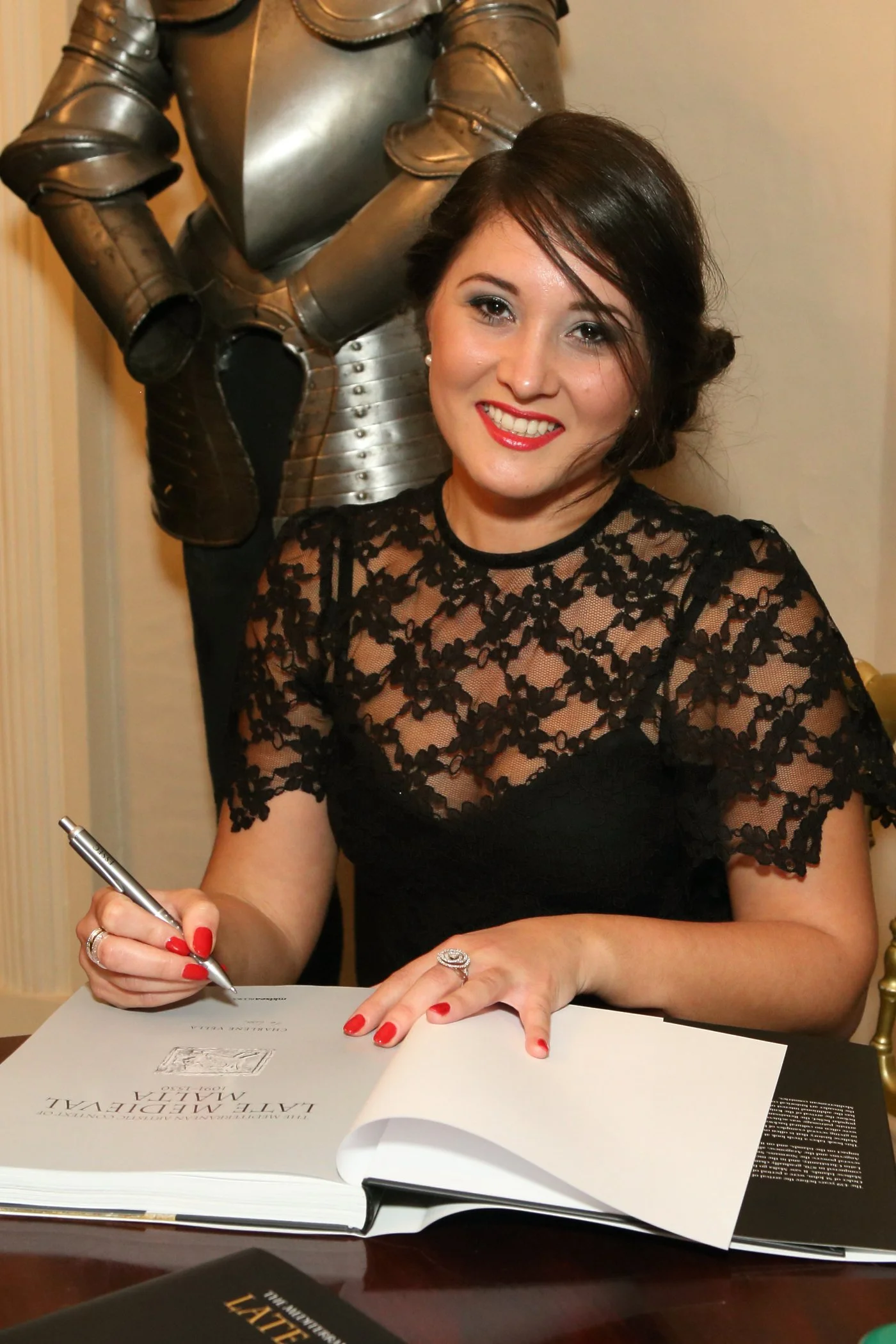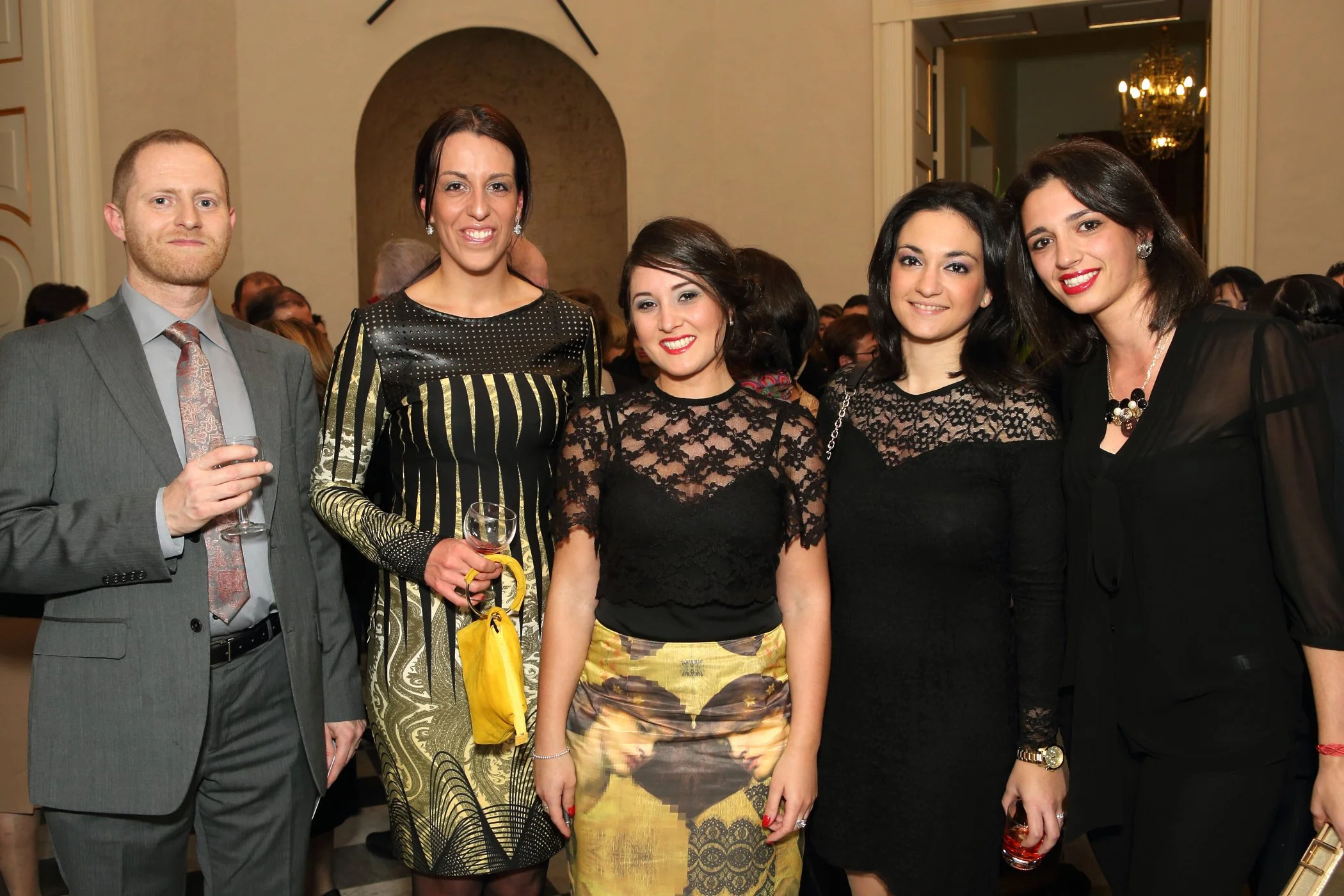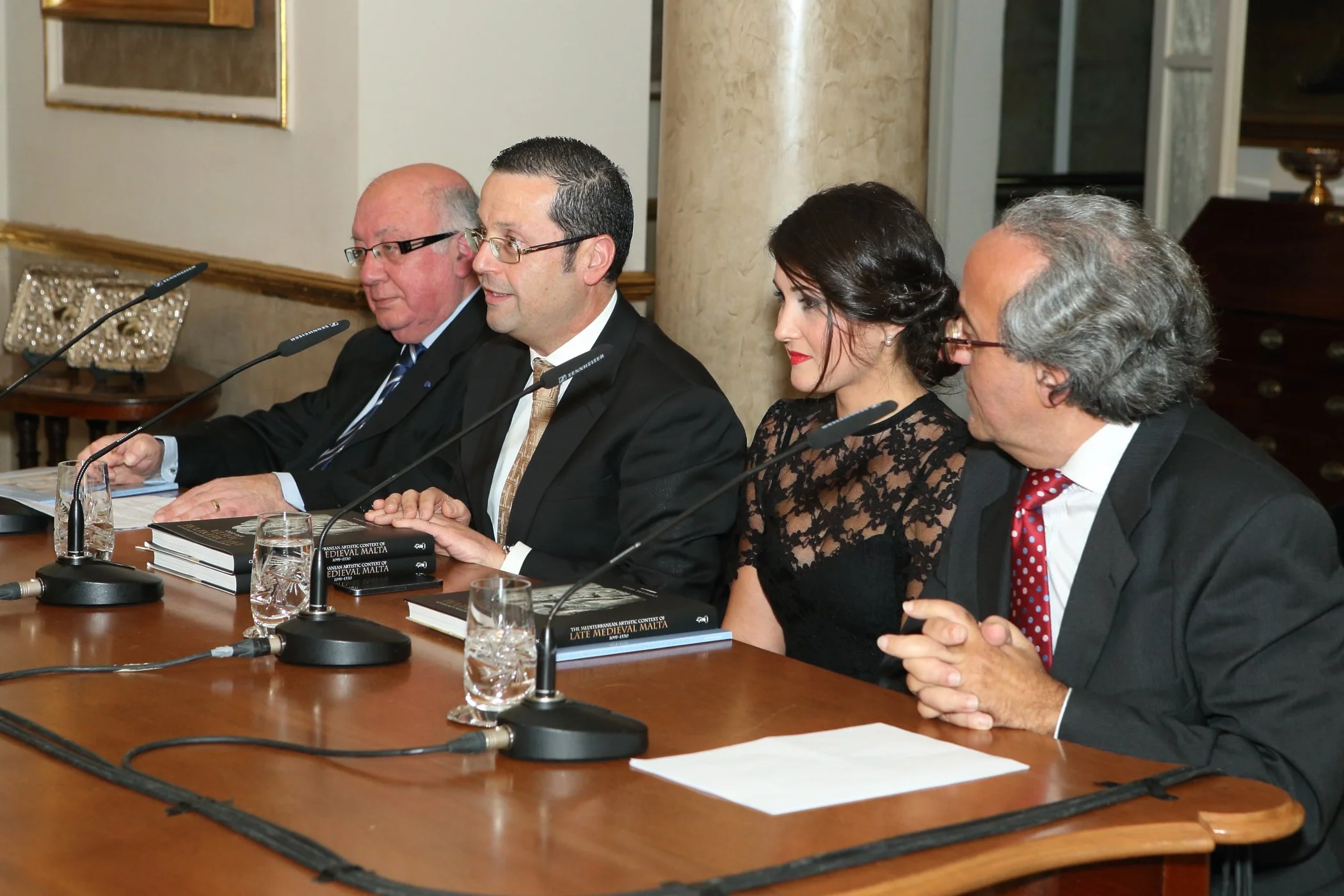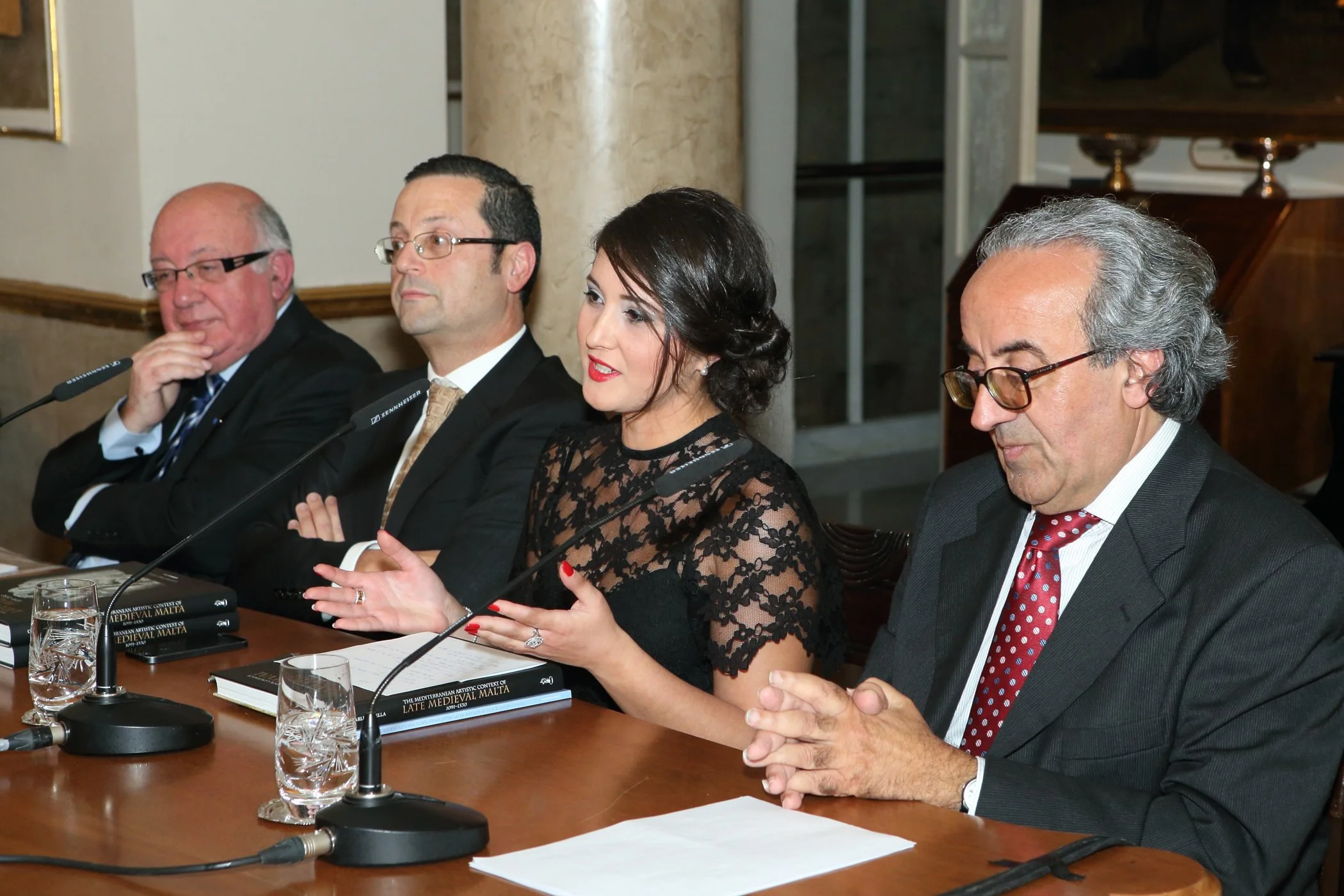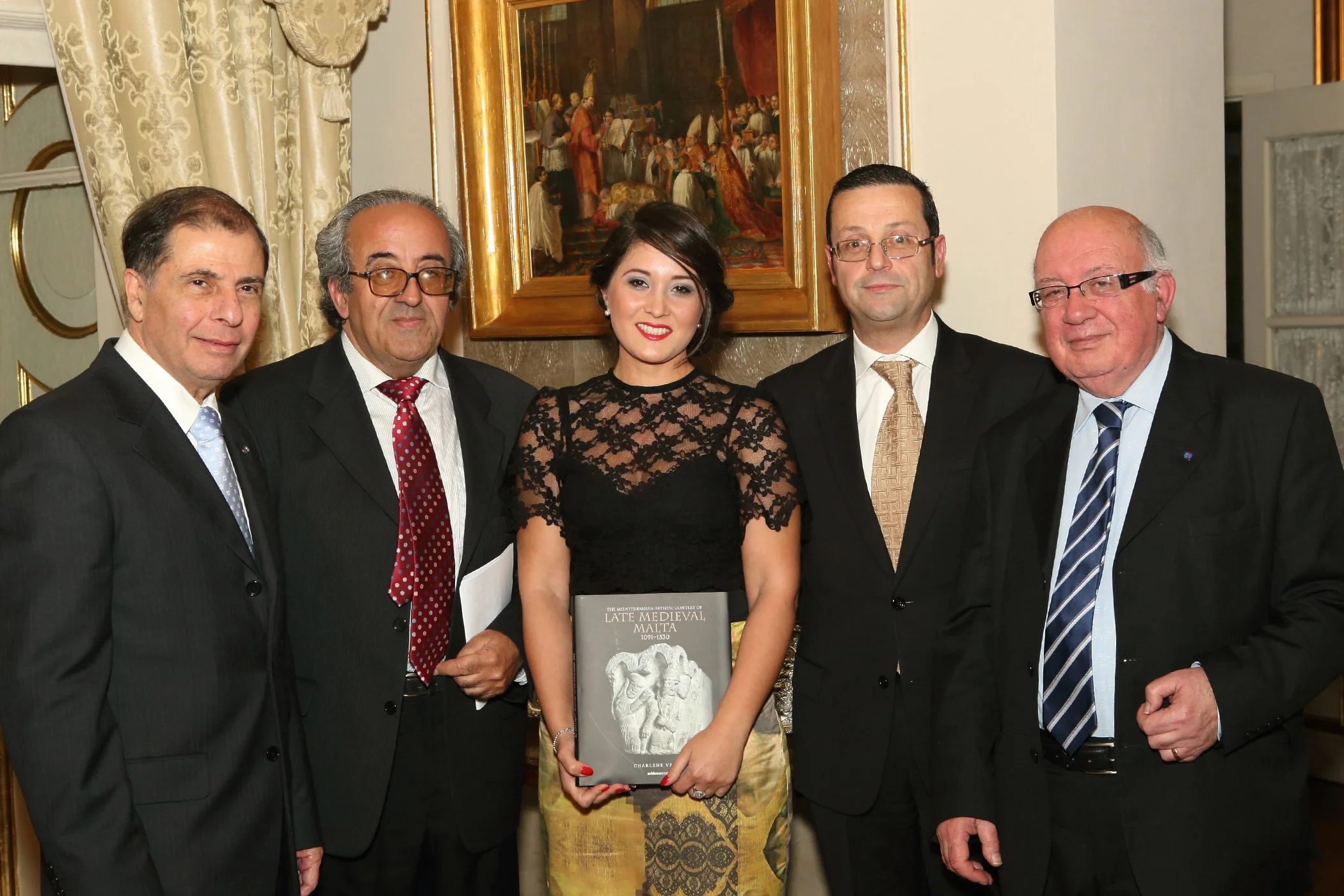The Mediterranean Artistic Context of Late Medieval Malta: 1091-1530,
Midsea Books, 2013, 234 pp.
This book studies the Mediterranean context of art and architecture in the Maltese Islands between 1091, when they made their first contact with the newly imposed Norman government of Sicily and South Italy, and 1530, when they passed under the control of the Knights of St John. A primary concern has been to establish a meaningful politico-economical and socioreligious context to the art and architecture of a period that can be loosely called Late Medieval. This was a time when the islands where very much a melting pot of cultural cross-currents blowing from Islamic North Africa and Latin Christian Europe. The coming together of these different and often antagonistic cultural traditions lie at the root of the Maltese national identity. This study also shows that influences came not only from Sicily, South Italy and North Africa, but also from more distant Mediterranean regions and sometimes from quite unexpected sources. The presumed sources of influence are discussed in a meaningful art historical context, but allowance is made for geophysical and climatic factors that sometimes produced similar architectural and settlement pattern solutions. Another important focus is to show that Malta before the Knights was not the artistic desert that it is often thought to have been. There was an important divide in lifestyle and artistic preoccupations of the gentry and professional and artisan classes of the Civitas, the Castrum Maris and the Gozo Castello, and their suburbs on the one hand, and the beduini of the countryside. It shows that artistic patronage could sometimes be surprisingly well-informed and that the Renaissance had already manifested itself on the islands well before the coming of the Knights in 1530.
Book reviews:
Paul Xuereb, ‘From Islam to Christianity’, Times of Malta, 13 April 2014 https://shorturl.at/eqw23
https://www.midseabooks.com/shop/maltas-architecture/late-medieval-malta/
